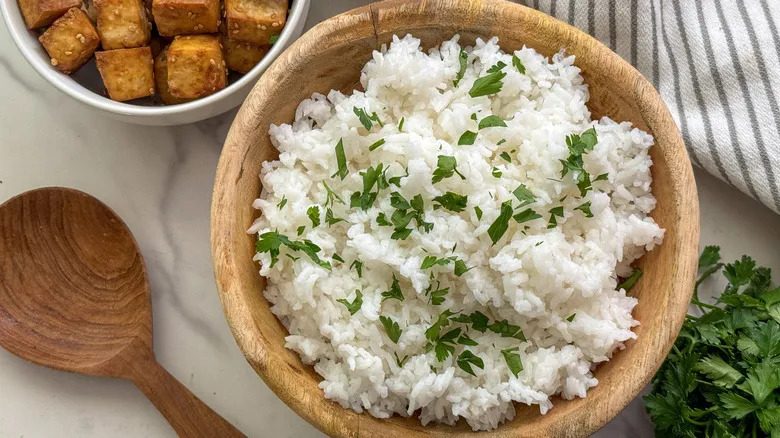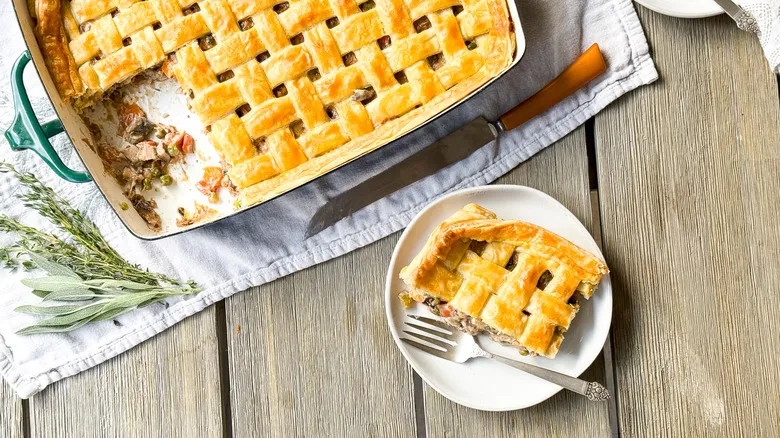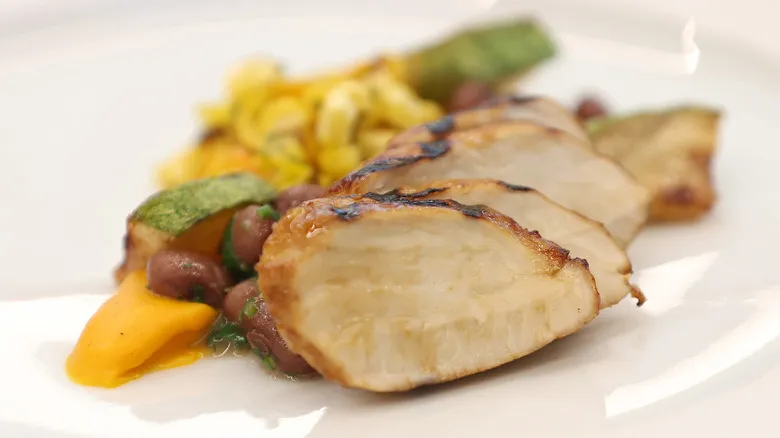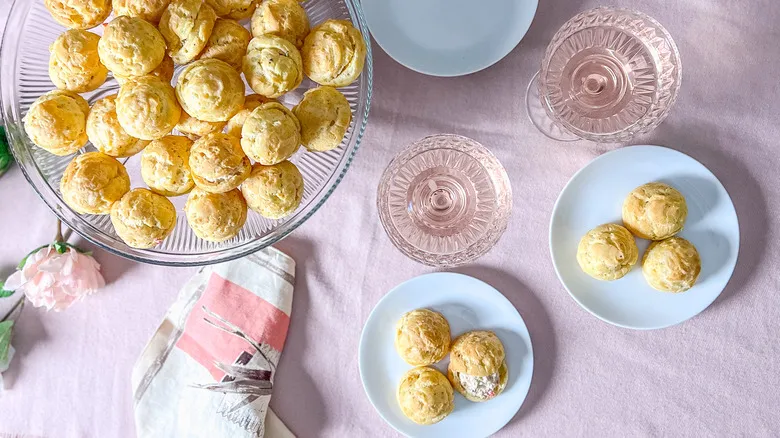Use the right type of chocolate

The type of chocolate you choose is crucial. If a recipe specifies a particular kind of cocoa powder or baker's chocolate, be sure to use it. The $4.99 tubs from Hershey's won't deliver the desired results if the recipe calls for something different, so it's important to follow the recipe closely. However, that doesn't mean you can't make some upscale adjustments of your own.
"I prefer Dutch-process cocoa powder for a deeper, more robust chocolate flavor," said Marissa Stevens from the cooking blog Pinch and Swirl. She cautioned, though, that there’s a consideration to keep in mind. "This cocoa is less acidic, so you may need to modify your leavening agents if your recipe includes baking soda." This is because Dutch-process cocoa undergoes a treatment that neutralizes its natural acidity, preventing it from reacting with baking soda. As a result, you might need to use baking powder instead to achieve the desired rise in your cake.
Professional baker Ali Gogarty, known as the Morristown Cake Lady, concurs, noting that homemade chocolate cakes often lack that rich, dark, almost black appearance. "When I envision a bakery-style chocolate cake, it resembles a devil's food cake: deep in color and full of chocolate flavor," she explained. "Using a high-quality, dark chocolate cocoa powder can make a significant difference."
Select high-quality chocolate brands

When it comes to chocolate brands, the choice is entirely yours. Occasionally, a recipe will indicate a specific chocolate percentage, in which case you should adhere to those guidelines. However, it's important to understand the distinctions between various types of chocolate. For example, baker's chocolate and chocolate chips may not always be used interchangeably. Keep in mind that the chocolates used for baking differ from those typically consumed, like bars or chocolate fudge. You might also want to consider factors such as low levels of lead and cadmium, but that ultimately depends on your personal preferences.
It's wise to identify brands you enjoy for both baker's chocolate (the solid bar variety) and cocoa powder, as many professional chefs suggest using both in a chocolate cake. Julia Chebotar, a "Chopped" Champion and private chef at Health Chef Julia, supports this method. She explains, "Cocoa powder delivers a robust chocolate flavor, while baker's chocolate contributes richness and enhances the cake's texture. Together, they create a beautifully balanced and intensely chocolatey cake." Ali Gogarty concurs, stating, "I incorporate dark cocoa powder into the cake, but I use melted baker's chocolate in my chocolate buttercream to achieve a rich chocolate flavor and a firmer consistency."
Make the flavor more intense
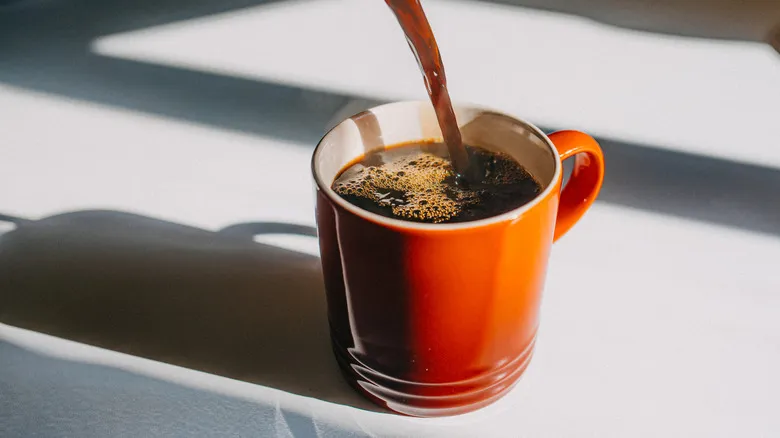
Bakery chocolate cakes typically boast a deep, rich, and moist flavor that homemade versions often struggle to achieve unless you opt for a boxed mix. However, using a mix can lead to a somewhat artificial taste reminiscent of Costco cakes, which, while tasty in their own right, don't quite match the quality of a true bakery cake. Fortunately, there are methods to enhance the flavor beyond simply selecting the right cocoa powder and baker's chocolate.
Marissa Stevens swears by coffee as a secret ingredient. "Incorporate 1 cup of hot, strong coffee into the batter," she advises. "It enhances the chocolate flavor without imparting a coffee taste." She also notes that this substitution means you need to adjust the other liquid ingredients in your recipe accordingly. Additionally, she recommends adding 1 teaspoon of espresso powder to the dry ingredients, which intensifies the chocolate notes without introducing any coffee flavor. The good news is that you can use coffee in both the batter and the frosting, just like Ina Garten does.
In addition to coffee, one of the best ways to elevate a cake's flavor is by using salt. "Don't hold back!" Julia Chebotar emphasizes. "Just a pinch can significantly enhance the chocolate's complexity, especially flaky sea salt!" If you're aiming for a cake that truly resembles a professional creation, consider using cake flour, as suggested by Ali Gogarty. This flour is milled to a finer consistency, resulting in a lighter and fluffier texture. It's a simple and cost-effective change that can make a noticeable difference.
Swap butter for oil
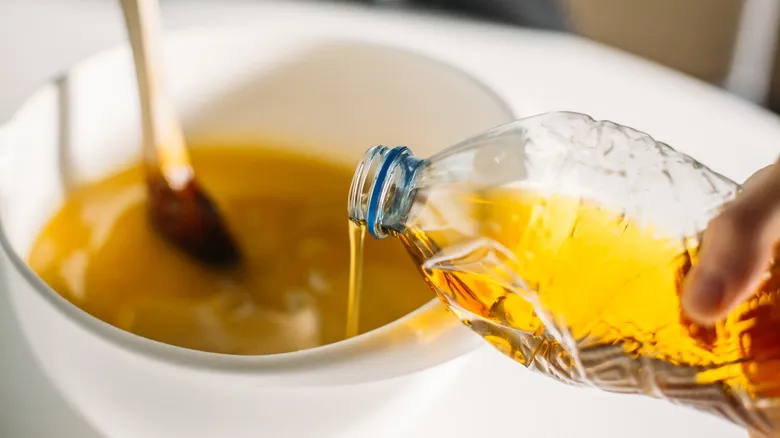
Since cocoa powder is quite dry and is a key ingredient in nearly every chocolate cake recipe, you'll need a method to infuse moisture into that dryness. The solution? Replacing butter with oil. "The reason for this is that oil is 100% fat, whereas most butter contains about 80% fat and 20% water," explained Marissa Stevens. "More fat means more moisture!" She typically uses ½ cup of avocado oil in place of the same amount of butter, so feel free to adjust as needed.
While it's true that oil doesn't provide the same flavor, the buttery taste is often overshadowed by the chocolate and coffee, and oil is much more effective at blending dry ingredients. If you prefer not to eliminate all the butter due to its flavor, that's perfectly fine. Just incorporate a bit more oil along with the butter, suggested Julia Chebotar.
Try the mayo trick

Mayonnaise is truly remarkable, and there's no arguing that. It has the power to transform dry chicken into a delightful salad, elevate a bland sandwich into a creamy indulgence, and (as it turns out) turn cake into a decadent, chocolatey delight. "To be honest," Marissa Stevens shared, "it's my favorite tip, one I picked up from my grandmother, Anna Belle." Just mix in ½ cup of mayo with the cake batter; there's no need to change anything else. "It may sound strange, but it makes the cake incredibly soft," Stevens explained. "Why? Because mayo is primarily made of oil and eggs, both of which help create a moist, tender texture."
Additionally, mayo often contains an emulsifier called lecithin, which aids in binding the oils in the recipe to the proteins in the flour, resulting in a moister final product. A touch of extra acidity from vinegar or lemon juice, commonly found in most store-bought mayonnaises, can also be beneficial. Acids help to break down and soften the proteins in flour, allowing cakes to set more quickly with a less rigid structure, leading to a more delicate outcome overall.
If you're looking to avoid eggs, no problem! Julia Chebotar suggests using Greek yogurt, buttermilk, or sour cream. "These ingredients add moisture and a hint of tang that balances the sweetness, enhancing the chocolate flavor," she noted. "They also contribute to a soft, tender crumb that's truly satisfying."
Add some extra egg yolks
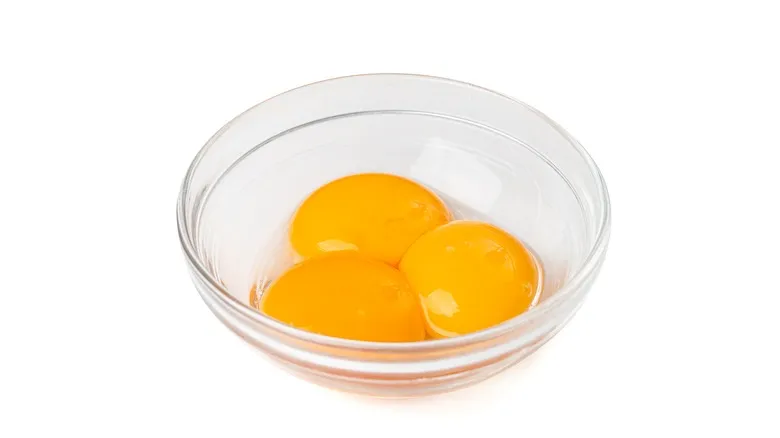
To enhance the richness of your cake, consider incorporating an additional egg yolk or two. Similar to mayonnaise, there's no need to modify your recipe in any other way; simply mix in the yolks with the other wet ingredients. "The extra fat contributes to a creamier texture without requiring changes to the other components," explained Marissa Stevens.
This technique is effective because, like mayonnaise, egg yolks serve as emulsifiers, helping to bind wet and dry ingredients together. This results in a batter that is both moist and well-combined, maintaining that consistency throughout the baking process. However, it's advisable to experiment with either egg yolks or mayonnaise separately before using both together, as that can be quite a daring choice. You might discover that one ingredient suffices for your recipe, especially since mayonnaise is primarily made from eggs.
Experiment with beet puree (and other healthy ingredients)
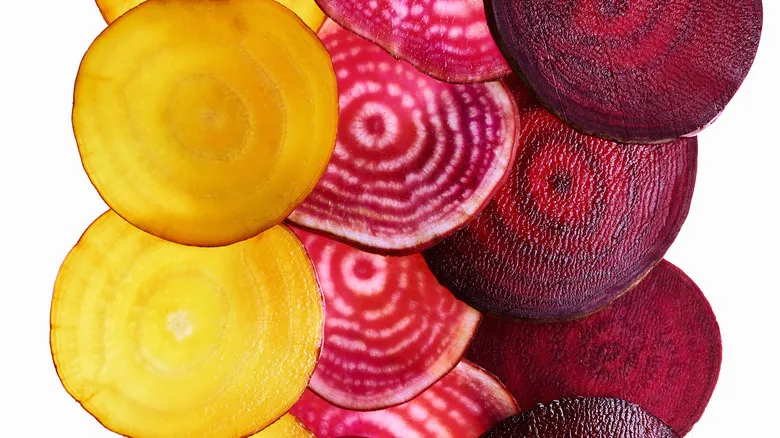
While it may seem like an unlikely ingredient, beet puree can truly enhance a cake. You won't even notice its flavor, but you'll appreciate its presence. Marissa Stevens is a firm believer in this method. "It may sound strange, but the beets are undetectable, and they contribute a rich texture to chocolate desserts." She also suggests using it in brownies. "To prepare the puree, I usually roast the beets for added flavor, but boiling or steaming works as well."
If you're interested in other healthy alternatives, Julia Chebotar suggests replacing some of the flour with almond or oat flour for added nutrients. You can also opt for natural sweeteners like coconut sugar or maple syrup. Ali Gogarty mentions that making your cake vegan is quite simple, too. "Just swap aquafaba for eggs and use almond or coconut milk (combined with 1 tablespoon of apple cider vinegar) instead of regular milk," she advises.
Understand that room temperature ingredients matter
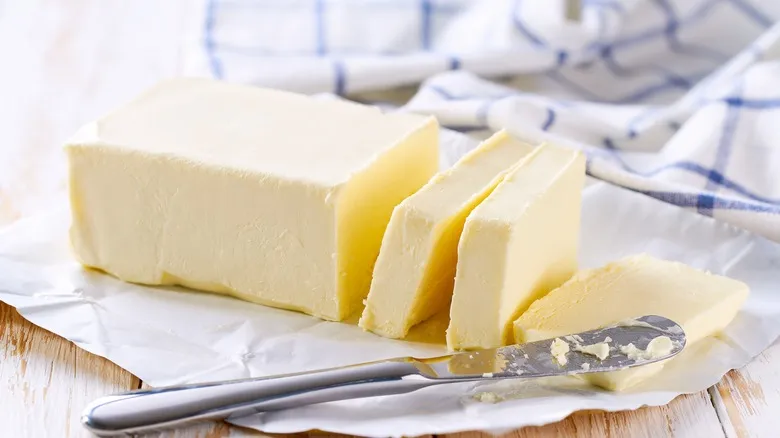
Many recipes recommend allowing your eggs, butter, and other ingredients to reach room temperature, but most of us tend to overlook this suggestion. I, too, disregarded it for years—until I asked my sister-in-law how her cookies tasted so much like they were from a bakery. Her secret? She let her ingredients warm up completely. This practice is important, and there's a scientific explanation behind it.
Ingredients at room temperature can trap air more effectively than cold ones. This air gets incorporated during mixing and expands when heated in the oven, resulting in a lighter and fluffier texture that you won't achieve if you use cold eggs, milk, and the like. Additionally, as Marissa Stevens points out, "Using cold ingredients can result in a lumpy batter and uneven baking. Make sure all your ingredients are at room temperature for optimal mixing."
Don't overmix
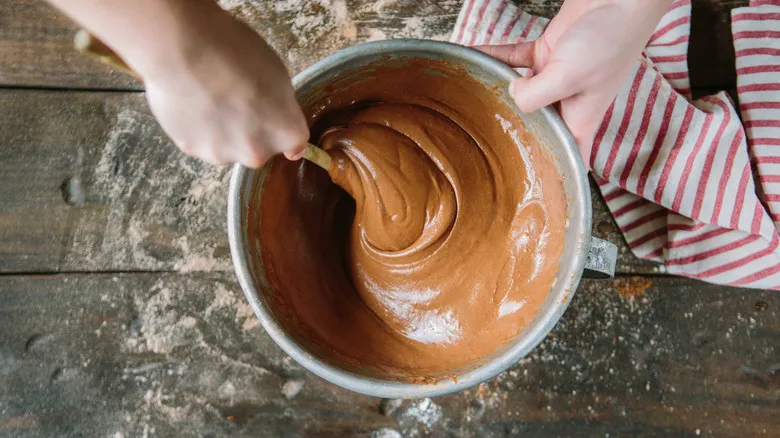
We all desire a smooth cake batter. However, vigorous mixing to achieve complete incorporation can activate the gluten in the flour, resulting in a dense and undesirable cake. According to Julia Chebotar, improper mixing is one reason why cakes from stores or bakeries often taste better; commercial-grade equipment simply performs the task more effectively. If you struggle to mix your ingredients quickly and thoroughly, consider using a stand mixer.
It's crucial to remember that a cake must be mixed properly. Some people are so concerned about overmixing that they inadvertently go too far in the opposite direction, resulting in a cake with poorly blended ingredients. This can prevent the gluten from developing adequately, causing the cake to lack structure and potentially leading to a fudgy, undercooked batter at the bottom.
Lastly, if you're using non-standard flour, it's essential to adjust your method. While gluten-free blends may be labeled as 1:1, they require different handling. "You need to mix the batter for five to seven minutes instead of the usual two to three, and let it rest for about 20 minutes before baking," advises Ali Gogarty. This allows the flour to properly absorb the liquid.
Avoid overbaking
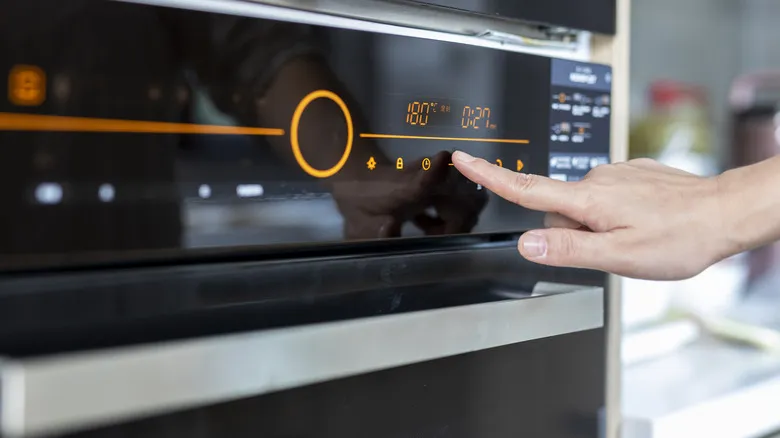
Overbaking is a significant concern. While it's essential for the cake to be exposed to dry heat in the oven to change from batter to crumb, excessive heat can completely strip away moisture, resulting in a disappointing outcome. Marissa Stevens noted, "The cake continues to bake slightly as it cools." Therefore, "when you insert a cake tester or toothpick into the center, it should come out with a few moist crumbs, not completely clean." If it comes out clean, you've likely overbaked it.
Additionally, keep in mind that your oven may operate at a higher temperature than the one referenced in the recipe, so it's wise to be cautious. Set your timer for a few minutes less than the recipe suggests and check for doneness. You can always extend the baking time, but you can't reverse overbaking.
Resist the urge open the oven door

Like a panicked contestant on the "Great British Bake Off," you find yourself fretting over your cake while it bakes. Although the temptation to peek inside the oven is strong, it's best to resist. Opening the door lets in cold air, which can harm your cake by preventing it from rising properly, leading to a collapse and a loss of its airy texture. If you really want to keep an eye on your creation, use the oven light instead. Even better, why not listen to a podcast and get some steps in?
Ideally, you should wait until your cake is at least three-quarters baked before checking on it. This allows enough time for it to establish its structure. After your initial check, try to hold off for at least another five minutes before peeking again. If the top of your cake is browning too much but isn’t fully cooked, cover it with some foil to shield it from direct heat.
Turn your cake

Have you ever noticed that your cakes rise unevenly or are undercooked in some spots while being overbaked in others? You're not alone in this experience. It's a common issue that arises when comparing commercially baked cakes to homemade ones. According to Ali Gogarty, "Most home ovens don't heat uniformly, whereas bakery ovens are better calibrated for a consistent bake."
But don’t fret; there’s a solution! "I rotate my cake pans halfway through the baking process to ensure even cooking," Gogarty suggests. While this may not yield results on par with a professional bakery, it will help you avoid the odd appearance of a lopsided cake. Additionally, this technique can prevent certain areas from drying out or burning, as most ovens have hot spots. Once you've minimized these issues, you can easily cover any remaining imperfections with frosting.
Make rich, chocolatey frosting
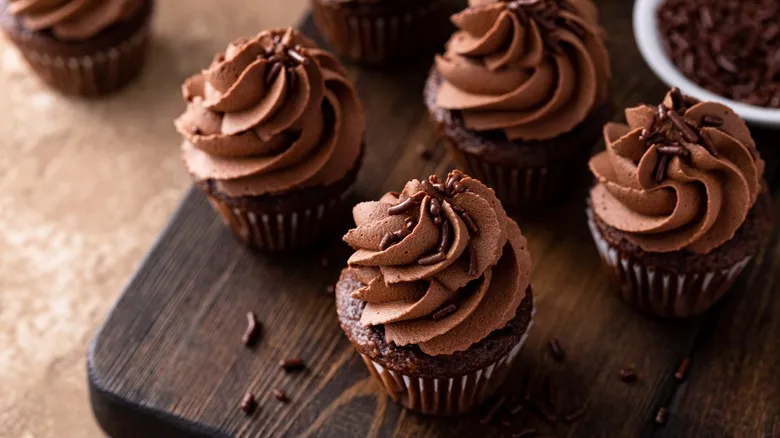
A delicious frosting is undoubtedly one of the key elements of a chocolate cake. "My go-to for chocolate cake is a classic chocolate ganache," Julia Chebotar shared. "It's rich, glossy, and requires just two ingredients: chocolate and heavy cream. You can pour it over the cake while it's warm for a sleek, shiny finish, or let it cool slightly for a thicker, spreadable consistency." However, she notes that a whipped chocolate buttercream with a hint of sea salt is a fantastic alternative if you're looking for something lighter.
Marissa Stevens prefers to use a blend of semi-sweet and dark chocolate for her frosting, creating a more nuanced flavor. A 50/50 mix works perfectly, she explained. However, it's worth noting that chocolate frosting isn't essential. "One of the favorites in my business and family is vanilla buttercream with raspberry jam filling, all covered in vanilla buttercream and sprinkled with coconut flakes," Ali Gogarty mentioned.
If your chocolate becomes grainy while preparing frosting, it's usually due to an error, but it can be remedied. This often stems from overheating the chocolate. If it gets too hot, it can turn grainy, and the fat may separate. Next time, try to maintain a moderate heat and wait for the chocolate to cool before mixing it with other ingredients.
Upgrade your boxed chocolate cake
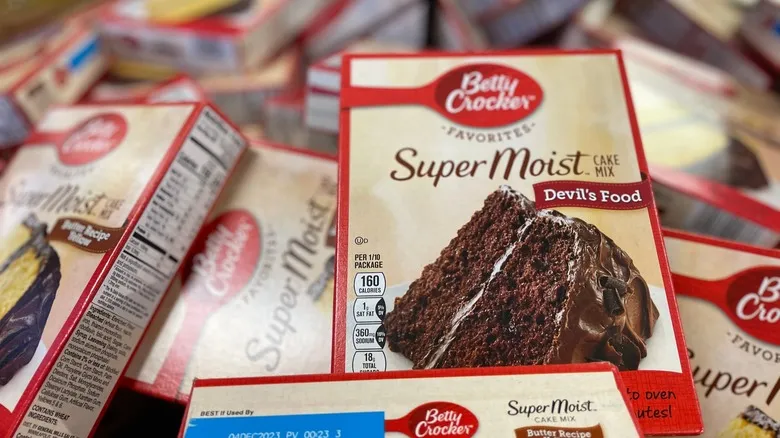
If you lack the time or desire to bake a cake from scratch, that's perfectly fine. You can enhance a boxed cake mix to make it taste like it was made at a bakery, all while still being able to say you "made it yourself." There are several methods to achieve this.
To start, using hot water instead of cold when mixing your boxed cake mix can significantly improve the texture, making your cake lighter and fluffier. Additionally, incorporating zucchini into the mix adds moisture and helps sneak in some veggies for the kids (or your partner).
If you want to take it a step further, there are numerous ingredients you can add to elevate a chocolate cake. Options include tea biscuits, hot chocolate, bananas, sour cream, and even sauerkraut. If the last one surprises you, you're not alone! But hey, don’t dismiss it until you give it a shot, right?
Store your cake correctly
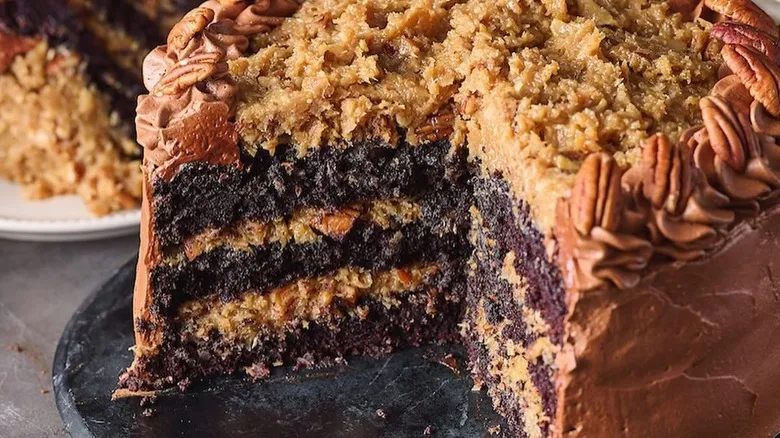
Have you ever noticed that bakery cakes remain delicious even a day or two (or four) later, while your homemade ones tend to dry out quickly? The key factor here is the moisture content of the ingredients, which you can enhance in various ways. Regardless of your cake-making method, there are techniques to prolong its freshness.
First and foremost, never leave an unfrosted cake unwrapped. Instead, wrap it in plastic wrap and then cover it with a layer of foil or place it in an airtight container. The same principle applies to frosted cakes, as noted by Ali Gogarty. She recommends "double wrapping it in plastic, ensuring the wrap touches every surface of the cake, and then storing it in a Ziplock bag or a sealed Tupperware container."
According to Julia Chebotar, chocolate cake can be kept at room temperature for up to two days when wrapped in plastic. After that, it should be transferred to an airtight container and refrigerated. Want to freeze it? "Wrap each slice individually and store it in a freezer-safe bag," she advises. "It will remain good for up to three months!"
Recommended
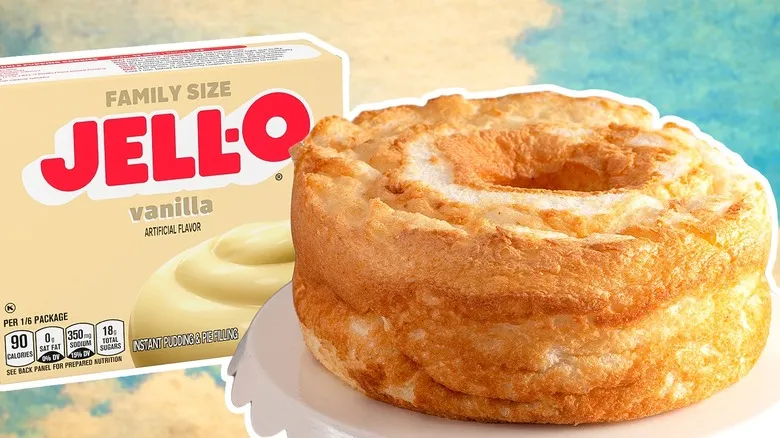
Instant Pudding Mix Is The Secret To A Boston Cream Pie-Inspired Angel Food Cake
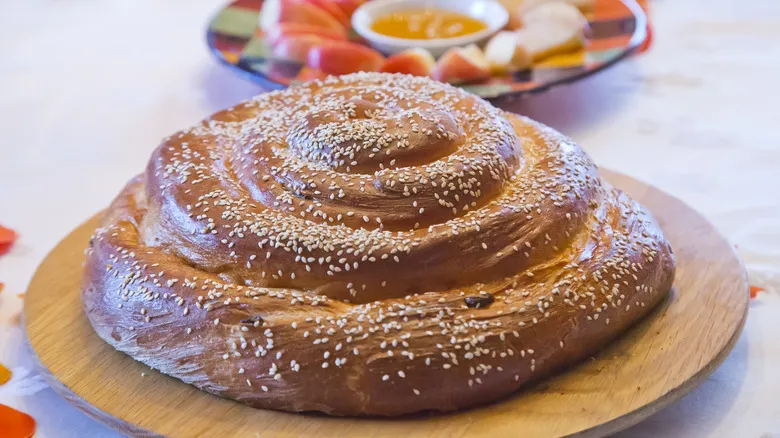
Everything You Need To Know To Make Incredible Challah For Rosh Hashanah

Ina Garten's Easy Baking Tips Yield Perfect Muffins Every Time
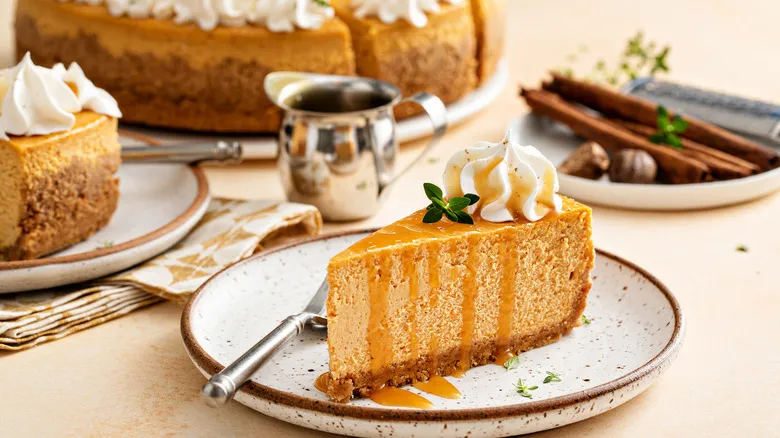
The Disastrous Mixing Mistake That Will Ruin Cheesecake
Next up


